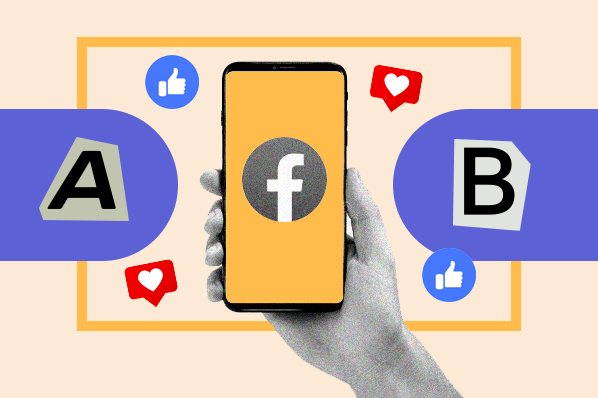 This post originally appeared on HubSpot's Agency Post. To read more content like this, subscribe to Agency Post.
This post originally appeared on HubSpot's Agency Post. To read more content like this, subscribe to Agency Post.

With clickthrough rates of 1% to 5%, mobile banner ads are a sad savior for publishers looking to drive advertising revenue. But they can't ignore this, as people are increasingly turning to their mobile devices to consume content.
Consider this: Elite Daily saw a 61% drop in desktop traffic between January 2014 and June 2015, said Nicole Goksel, vice president of revenue operations, at the Digital Publishing Innovation Summit.
Rory Brown, chief content officer at Bleacher Report, said at the same conference that he has seen points in time where 90% of the site's traffic came from mobile devices.
Publishers and brands need another option that works, and that's why native advertising has become the shining star of the industry. BI Intelligence predicts that native advertising spending will grow to $21 billion in 2018, up from $4.7 billion in 2013.
But why exactly do native ads work so well, compared to other media formats? And how do native ads influence our perception of the brands behind them?
Sharethrough and Column Five created this infographic to explain the science behind how native ads work and how to optimize your ads to reach a content-hungry audience.







![How to Boost a Post on Social Media [Instagram, Facebook, and Twitter]](https://blog.hubspot.com/hubfs/marketers%20about%20to%20boost%20social%20media%20posts%20on%20platforms%20like%20instagram%20facebook%20and%20twitter.jpg)




